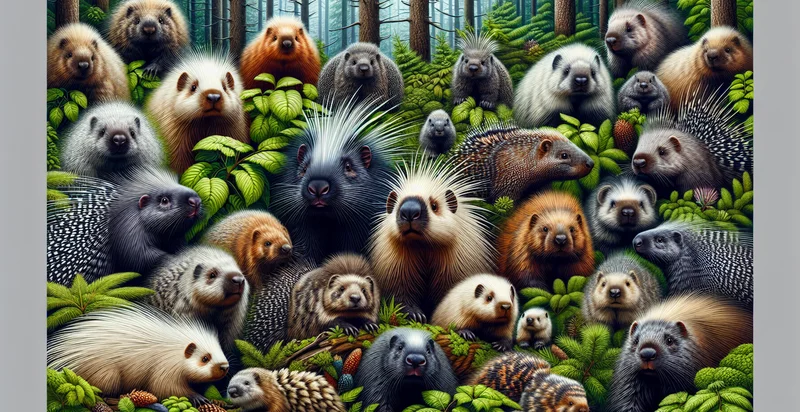Identify otter species
using AI
Below is a free classifier to identify otter species. Just upload your image, and our AI will predict which otter species it is - in just seconds.

Contact us for API access
Or, use Nyckel to build highly-accurate custom classifiers in just minutes. No PhD required.
Get started
import nyckel
credentials = nyckel.Credentials("YOUR_CLIENT_ID", "YOUR_CLIENT_SECRET")
nyckel.invoke("otter-species-identifier", "your_image_url", credentials)
fetch('https://www.nyckel.com/v1/functions/otter-species-identifier/invoke', {
method: 'POST',
headers: {
'Authorization': 'Bearer ' + 'YOUR_BEARER_TOKEN',
'Content-Type': 'application/json',
},
body: JSON.stringify(
{"data": "your_image_url"}
)
})
.then(response => response.json())
.then(data => console.log(data));
curl -X POST \
-H "Content-Type: application/json" \
-H "Authorization: Bearer YOUR_BEARER_TOKEN" \
-d '{"data": "your_image_url"}' \
https://www.nyckel.com/v1/functions/otter-species-identifier/invoke
How this classifier works
To start, upload your image. Our AI tool will then predict which otter species it is.
This pretrained image model uses a Nyckel-created dataset and has 13 labels, including Sea Otter and River Otter.
We'll also show a confidence score (the higher the number, the more confident the AI model is around which otter species it is).
Whether you're just curious or building otter species detection into your application, we hope our classifier proves helpful.
Related Classifiers
Need to identify otter species at scale?
Get API or Zapier access to this classifier for free. It's perfect for:
- Wildlife Conservation Imaging: This function could be used in the field of wildlife conservation to quickly and accurately identify the otter species in a given image. This could help in monitoring the population of different species and aid in conservation efforts.
- Animal Trafficking Prevention: The 'otter species' identifier can be used by law enforcement agencies to identify illegal trading of specific otter species. It can quickly analyze images of confiscated animals to identify and document species being trafficked.
- Biodiversity Modeling: Researchers can use the function to categorize and analyze otter species from a series of images taken in a specific location, providing data for biodiversity models and ecological studies.
- Educational Tool Development: Educational content creators working in the field of biology could use this function to educate students about different otter species. It can add interactive elements to digital educational resources.
- Zoological Park Data Collection: Zoos and aquariums can use the tool to catalog and manage their otter collection, allowing keepers and administrators to identify otters from different species present in their facility.
- Wildlife Photography: Wildlife photographers or enthusiast bird watchers can use the tool to identify otter species in their photographs, enhancing their understanding and documentation of otters' natural habitats.
- Veterinary Clinics Use: Veterinary clinics dealing with wildlife can use the tool to identify the species of otters brought in, helping them in providing tailored care based on species-specific needs.


